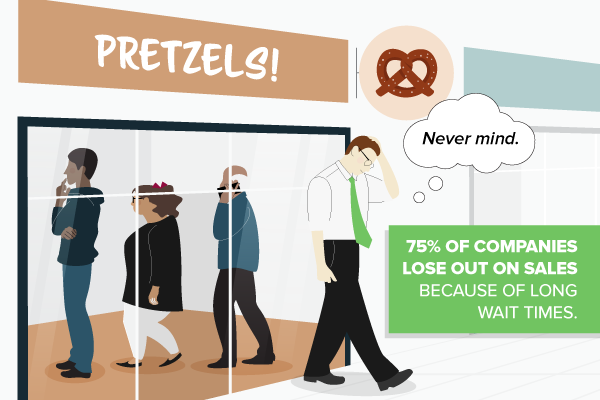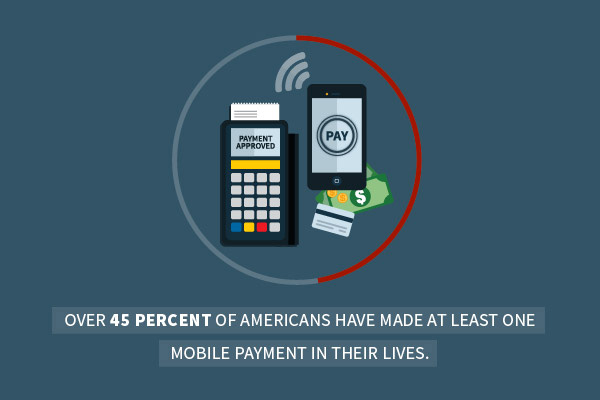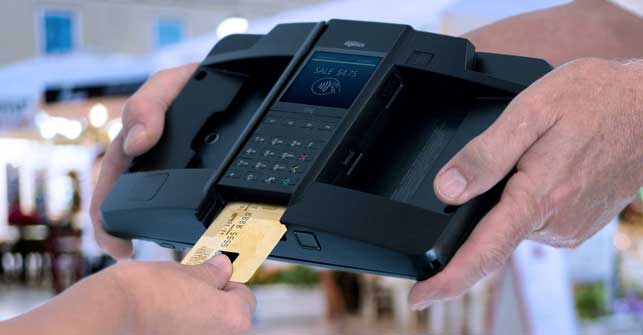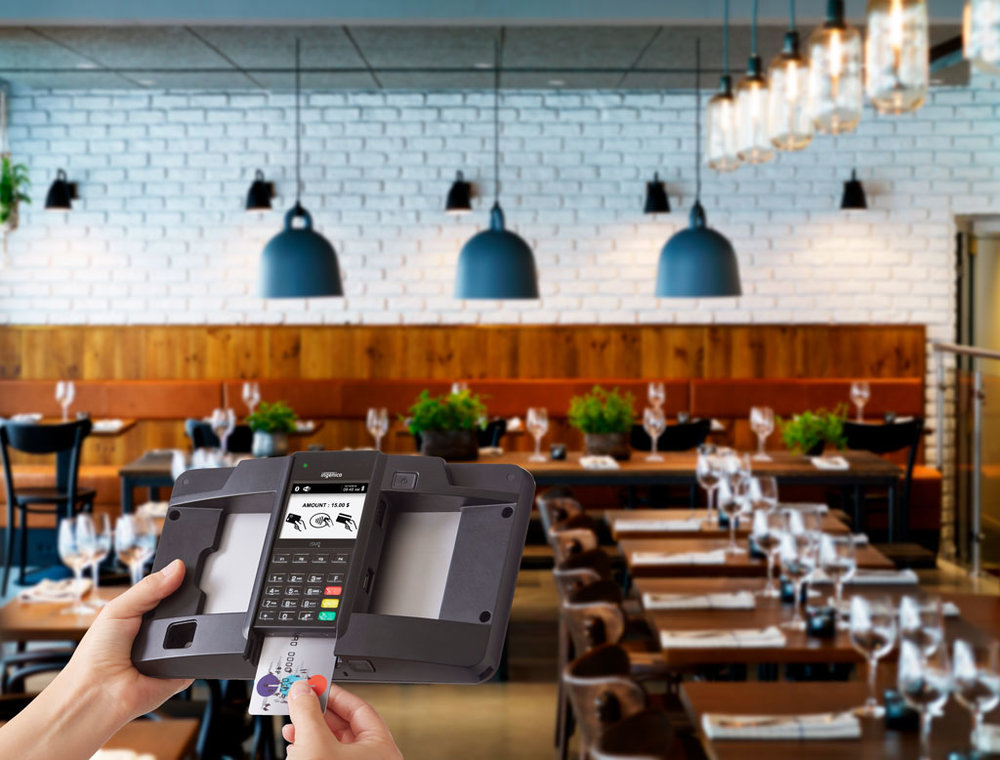Technology gives consumers options as to how they interact with their favorite restaurants. Between Apple Pay, Android Pay and pay-at-the-table systems, people have a lot of choices. Restaurants that provide such choices are more likely to succeed than those that do not, but accommodating different payment options isn’t always so simple. Certifying hardware built to accommodate NFC payments, for example, could take several months.
To overcome certification challenges, many POS developers use payment integration systems that handle payments development and processor certifications for dozens of POS devices. As a result, the restaurants they work for can deliver the dining experiences consumers demand, four of which we’ll discuss in this article.
1. Mobile Wallet
Slow, but steady adoption of mobile wallets – especially among millennial consumers – means restaurants will have to accept NFC payments.
The Fifth Annual Mastercard Digital Payments study analyzed more than 3.5 million conversations about payment technologies that occurred over the past year. Gathering data from Twitter, Instagram, Facebook and Weibo, researchers discovered strong enthusiasm for digital wallets. They also learned that people are using this technology in-store, online and in-apps.
2. Pay-at-the-Table Options
Pay-at-the-table technology allows waitstaff to drop PIN pads at tables when guests are ready to pay. Instead of taking a guest’s credit card to a POS system and coming back with a receipt once the transaction’s finished, servers leave Bluetooth or Wi-Fi-compatible devices at guests’ tables to complete payments.
Every time a server takes a credit card, the chances of another guest (or the server himself) stealing the card’s information increases.
A survey from Auriemma Consulting Group suggests consumers feel more confident when they engage in secure transactions. For instance, 70 percent said they’d use two-factor authentication to access online accounts. This finding implies that many consumers favor secure transactions, and would therefore prefer holding onto their cards instead of handing them over.
3. Healthy, Transparent Options
Multiple studies indicate consumers desire more healthy choices when they’re dining. According to a survey from Nielsen, 58 percent of consumers said they want all-natural options when dining out or shopping for food. In addition, 67 percent of North Americans said they want to know all of the ingredients that go into their meals.
Restaurants need to figure out a way to provide information about their meals without taking up too much time, as most consumers prefer fast service. For this reason, some restaurateurs are utilizing POS tablets to enable tableside payments and provide nutritional information to guests.
4. Post-Dining Loyalty and Social Behavior
According to OpenTable, 18 percent of consumers said they used a restaurant’s loyalty program after paying a bill. Another 15 percent said they share their experiences on social media.
What do these behaviors have to do with payment integration? After finishing their meals, many customers grab for their phones. Restaurants could take advantage of this activity by allowing customers to pay for meals through mobile-based, e-commerce transactions. This modern Pay@Table approach allows merchants to turn more tables without additional hardware expense.
Overall, consumers demand memorable dining experiences, but they also want efficiency. It will be interesting to see how restaurants leverage tech to deliver such services in the coming years.
Want to learn more about mobility and restaurants?
Related Articles:
Featured
The stage is set for increased mobile payment adoption. Are your clients equipped to accept NFC payments?
In the rush to buy “must have” gifts for kids, spouses and co-workers, there is one other, less enjoyable accessory to Christmas time: lines, and lots of them. Here’s how to combat lines during the holiday season.
Brick-and-mortar retailers and e-commerce companies are in the midst of a game of one-upmanship, a battle that features each side vying for a larger slice of the customer-loyalty pie.
Cloud computing makes maintaining and obtaining vast amounts of data possible. But do cloud-based point of sale systems offer advantages in other respects? You be the judge.
Here are 5 POS system traits that food trucks can’t afford to do without.
An increasing number of supermarkets are supplying patrons with a plethora of payment possibilities – with mobile POS in particular gaining traction.
Here are a few of the concept trends the National Restaurant Association expects in 2018, several of which are tailor-made for mobile POS solutions.
What you need to know about Apple Pay and Google Pay
Mobile point of sales systems give business owners the competitive advantage they need to stay one step ahead of rivaling retailers.
Nearly 9 in 10 consumers – 87 percent – say they’ll be scouring retail store aisles in search of the perfect holiday gifts, according to recent polling.
Traditional retail POS is making room for mPOS, which is impacting retail in a number of positive ways.
Mobile payment solutions are increasingly critical – but what’s the best way to integrate them without breaking the bank?
An integrated payment solution in essence lets retailers take care of all the backend work accompanying a transaction in one fell swoop.
Omnichannel marketing is a strategy retailers, to varying degrees of success, are using to improve the customer buying experience.

















